This review is based on the first episode.
For six seasons now, American Horror Story has occupied a unique position in the landscape of small-screen horror, existing simultaneously as a bone-chilling nightmare factory and a garish, sometimes goofy inversion of the same. It’s taken viewers inside an infamous murder house, an inescapable asylum, a modern-day witch coven, a misunderstood freak show, and an uncommonly sinister, sanguinary hotel – all locales that served as characters almost as much as any of the A-list actors who received top billing – and spun violent, visceral tales of vice and vengeance out of each and every one.
Certain elements of the series, which takes an anthology approach to storytelling, have remained consistent across all or most seasons, no matter the setting or subject. Each season has a distinct theme, from adultery in season 1 to addiction in season 5, that drives the story. The inestimable Jessica Lange, who departed after Freak Show, once stood as a bastion of dramatic integrity amid all the clutter for the first four seasons. And then there’s the storytelling. Always campy and over-the-top, the show’s plots have always offered batty storylines awash in uniquely warped visual concoctions.
Last season, Hotel, is perhaps the most extreme example of the show surrendering to this aesthetic overdrive (to its detriment, as I noted), throwing narrative cohesion and character development by the wayside in order to pull out every stop in sight. Such ferocious, glitz-and-gore decadence has its upsides – many believe Lady Gaga’s Emmy win was undeserved, but for this critic’s money it was a pitch-perfect performance for the level of icily elegant eroticism Murphy (and co-creator Brad Falchuk) were striving toward. And yet, it along with American Horror Story as a whole have almost always ended up swamping viewers in excess. The show’s helmers are showmen obsessed with all things salacious and supernatural; their most prominent weakness has been pinpointed as an allergy to restraint. And sometimes for better, but often for worse, American Horror Story is their most spoiled child.
All of this brings us to season 6, which is most interesting not in terms of what it offers but – in a first for American Horror Story – what it withholds. It was generally understood from FX’s ultra-mysterious marketing campaign for the series (26 gorgeous, creepy teasers were filmed, inspired by a list of 500 movies – and only one of them bore relevance to the actual plot of the new season) that this was going to be an atypical outing for Murphy and company. But last night’s premiere episode, not sent out in advance to critics, put into perspective just how newfangled a season this new offering – which seems to officially be subtitled Roanoake – really is.

Shot in a strange, mockumentary format that falls somewhere between a talking-heads, true-crime documentary and The Blair Witch Project (more on that later), Roanoake immediately sets itself apart by simply appearing. There’s no theme song, precious little introduction, and scarcely a tease. All of a sudden, viewers find themselves thrust into a somewhat interesting but simultaneously minimal story about a young couple that moves to a creepy house in rural North Carolina, only to fall victim to some terrifying occurrences.
The whole thing is staged in a strange and somewhat discombobulating manner – with act breaks that carry a logo and the name “My Roanoake Nightmare,” the season feels like a reality show, with one set of actors talking to the camera to relay their story and another set filling in for those narrators during a dramatization of said story that would feel exactly like a normal season of AHS were it not for frequent returns to the initial documentary.
The plot centers on L.A. lovebirds Shelby (Lily Rabe in the doc, Sarah Paulson in the dramatization) and Matt (Andre Holland in the doc, Cuba Gooding Jr. in the dramatization), who flee that city after Matt is the victim of an unprovoked violent assault, heading to North Carolina to start over. Promptly irritating the yokels, a group of scary-looking hillbillies who live outside the law and most social standards, by buying an old farmhouse on land they want for unknown purposes, the couple starts out chipper and grows increasingly wary of their new abode.
Shelby in particular bears the brunt of the ensuing creepiness. During a hailstorm, she watches human teeth fall from the sky. While soaking in a hot tub, she’s suddenly accosted by strangers in colonial garb and nearly drowned before being released. Little stick dolls appear throughout the property for her to find, a Blair Witch-esque touch one can only imagine was included because Murphy, like the rest of us, had no idea a sequel to that film was been secretly filmed. And once Matt’s sister, pill-addled ex-cop Lee (Angela Bassett), comes to stay, she’s the victim of a terrifying home break-in by an anonymous mob carrying torches.
None of it makes much sense yet. The episode unspools at a quick pace and ends abruptly, with Shelby encountering what may be the lost colonists of this season’s subtitle, led by a menacing Kathy Bates, in the middle of the woods. But that format adds an overriding element of uncertainty and surprise that American Horror Story, though known for its wild twists and turns, hasn’t had since season 1. Some tropes native to the series do remain, though.
The rural farmhouse in which the couple find themselves is plenty terrifying, with long, creaky hallways, an exterior that appears to be rotting away, and a basement perfectly primed for shadow-soaked jump-scares. A mysterious pig man is glimpsed via video footage left in the house’s basement, and seems set to serve as this season’s most vicious apparition (also see: the Addiction Demon, the Infantata, and Twisty the Clown). And the characters, particularly Shelby and Matt, feel like the same kind of well-meaning but more than a little unlikable schnooks Murphy and Falchuk have delighted in tormenting throughout the series’ run.
As a whole, though, Roanoake‘s rollout and presentation paint it as a new chapter for American Horror Story. Perhaps that was to be expected. In a post-Lange age, experimentation was necessary to prevent the show from slipping into a brutal spiral of irrelevance and redundancy. Murphy and Falchuk are known for throwing everything but the kitchen sink at viewers, immersing audiences in each season’s setting before letting individual characters discover them in full. Part of the show’s innate dread and suspense came from getting a handle on the booby traps that were out there for blissfully unaware protagonists to wander into. This time around, Roanoake is changing tactics. Its talking-head characters speak with the fresh horror of hindsight, the knowledge that they didn’t see what was coming until it was far too late. Us viewers are suddenly more in the dark than the characters we’re watching.
Whether Murphy and Falchuk have a story interesting enough to warrant viewers continuing to stumble around unaware, picking up little glimmers of insight and information along the way, remains to be seen. The lost colony of Roanoake is a true American horror story, one laden with unanswered questions, and it could lend itself well to a tale of terror done the AHS way. But even if it winds up like many seasons before it, flying off the rails and into an overdone mess of kitsch and quirk, Roanoake wins some points for taking a sharp left-turn away from Hotel‘s visual gluttony.
That season felt like a Grand Guignol frightfest, overstuffed with as many unnerving bells and whistles as its hosts could afford. This one, on the other hand, has the potential to excel as something American Horror Story has never been: a simple scary story, an old campfire tale delivered in a modern manner but still loyal to the more clear-eyed, heart-in-mouth horror of the unknown.



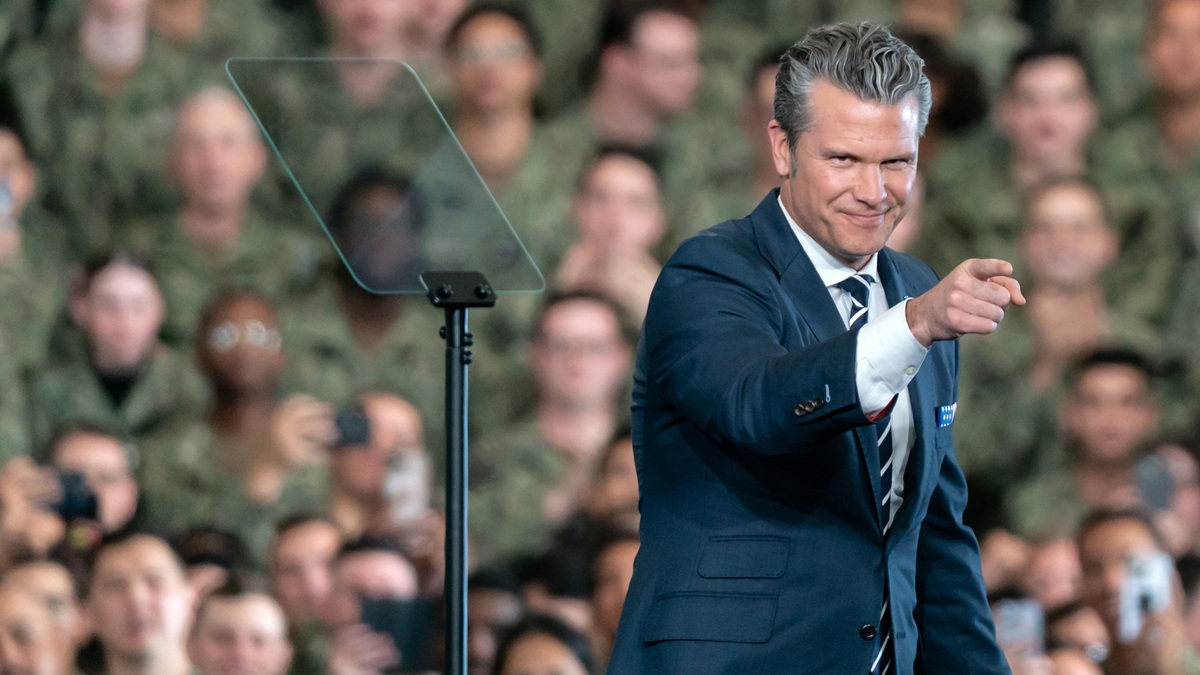
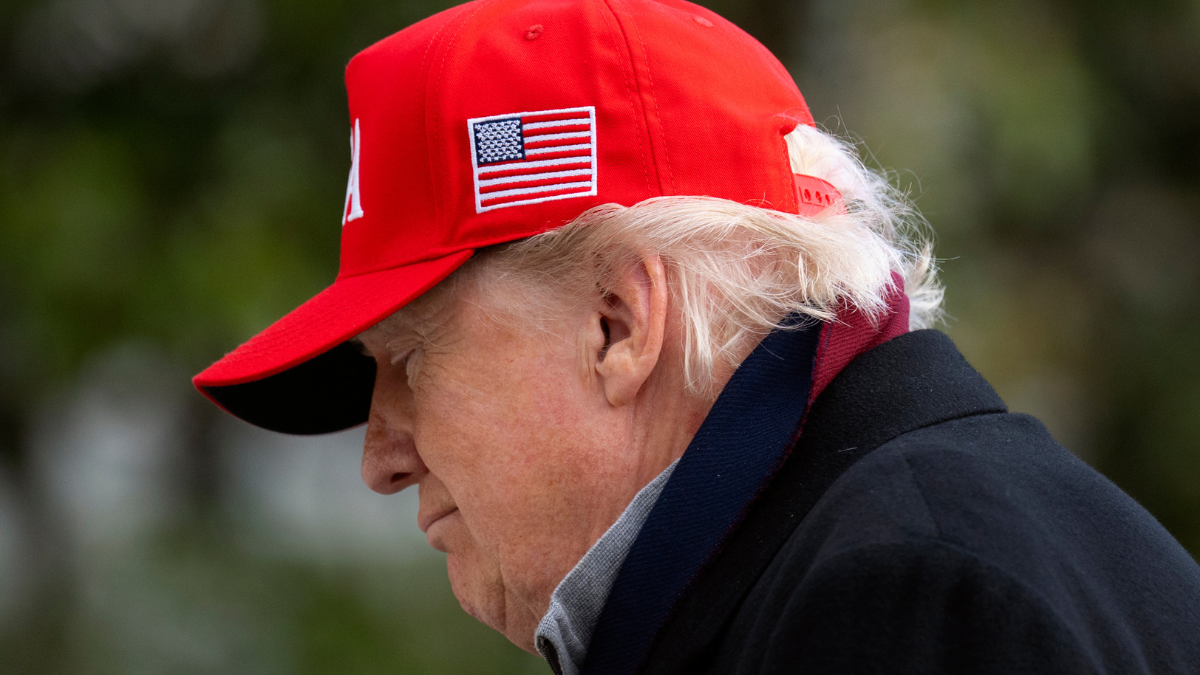
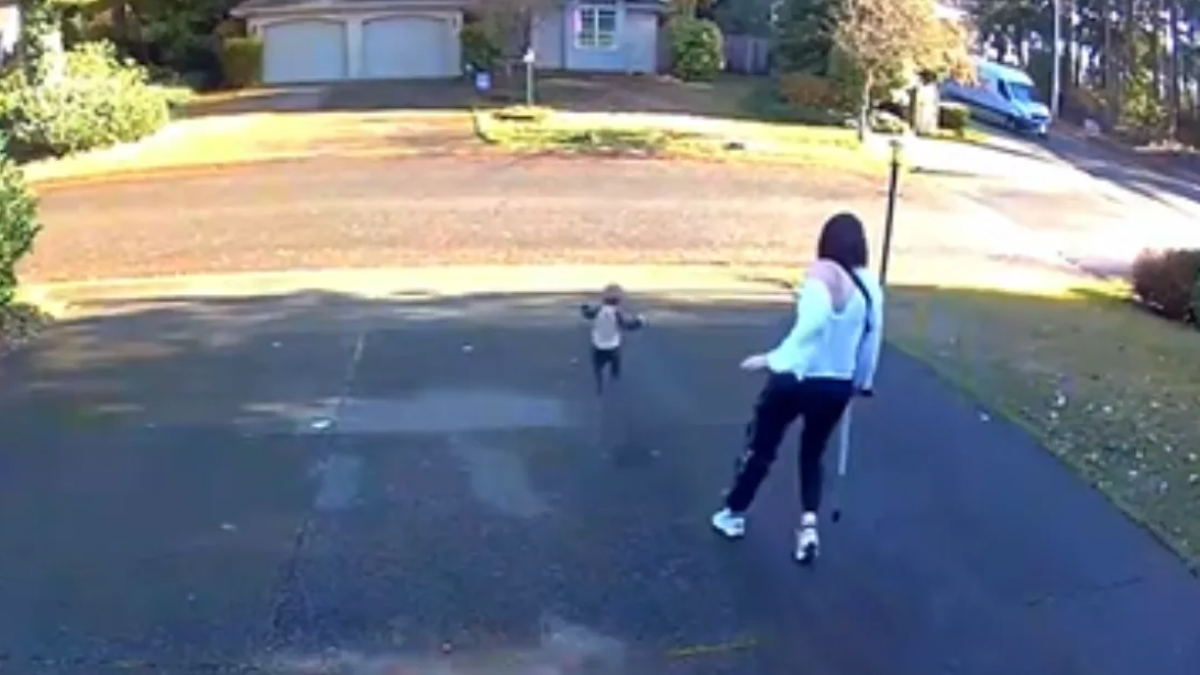
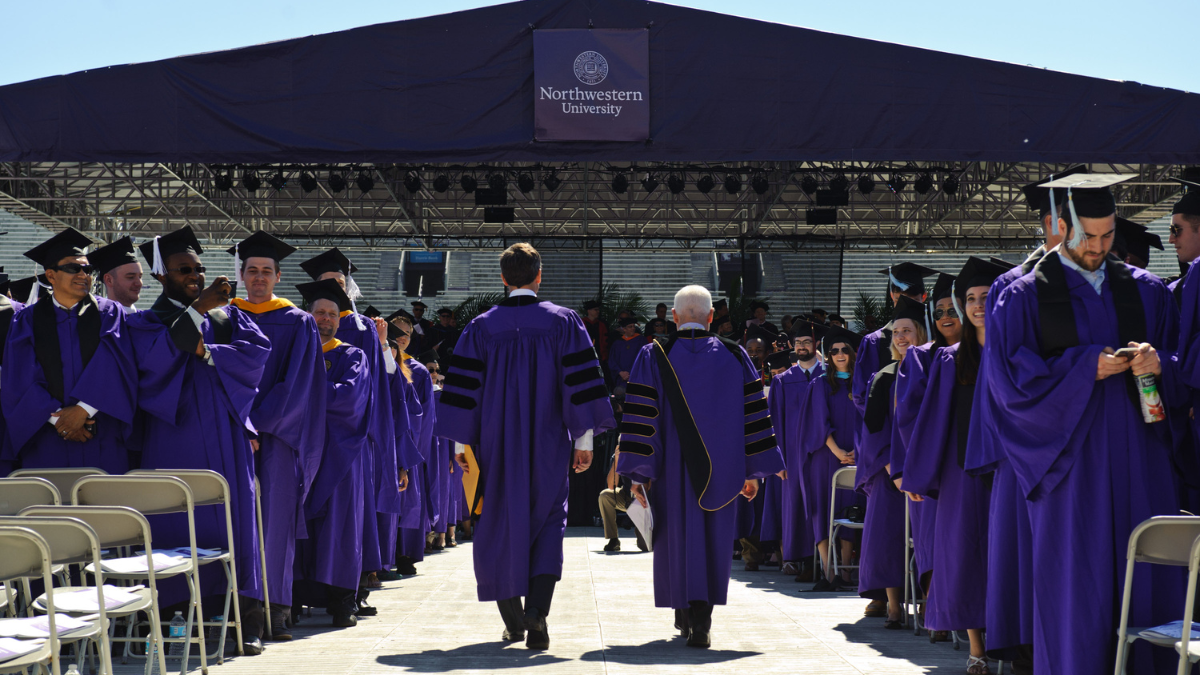
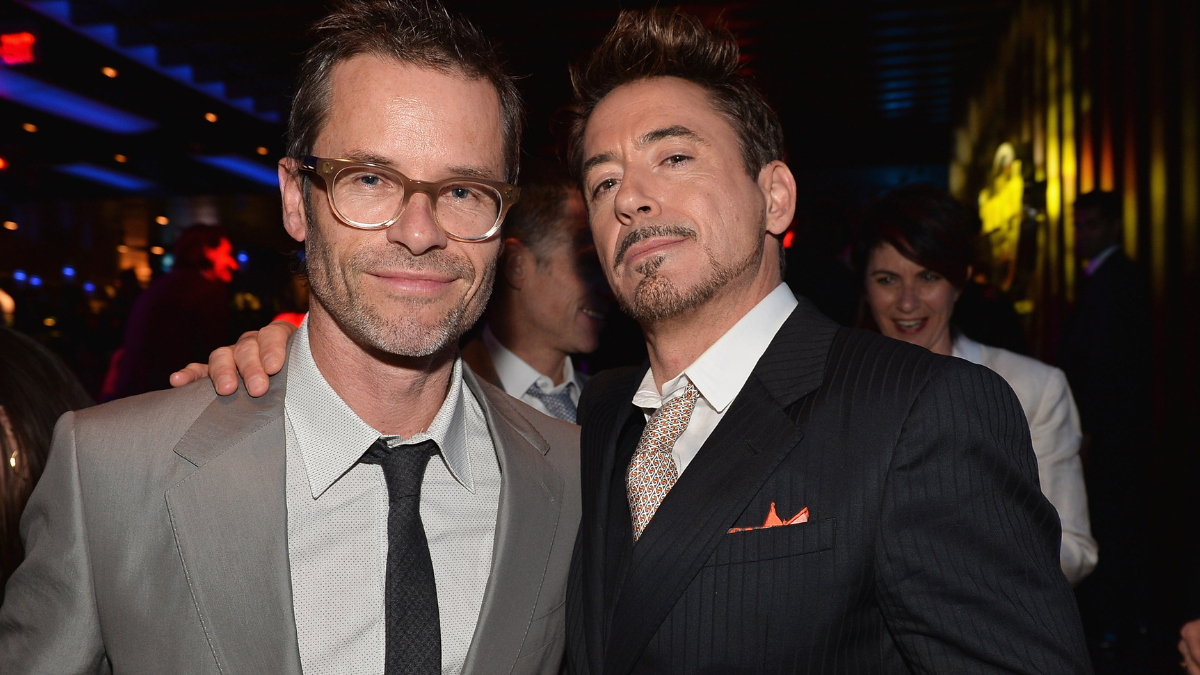
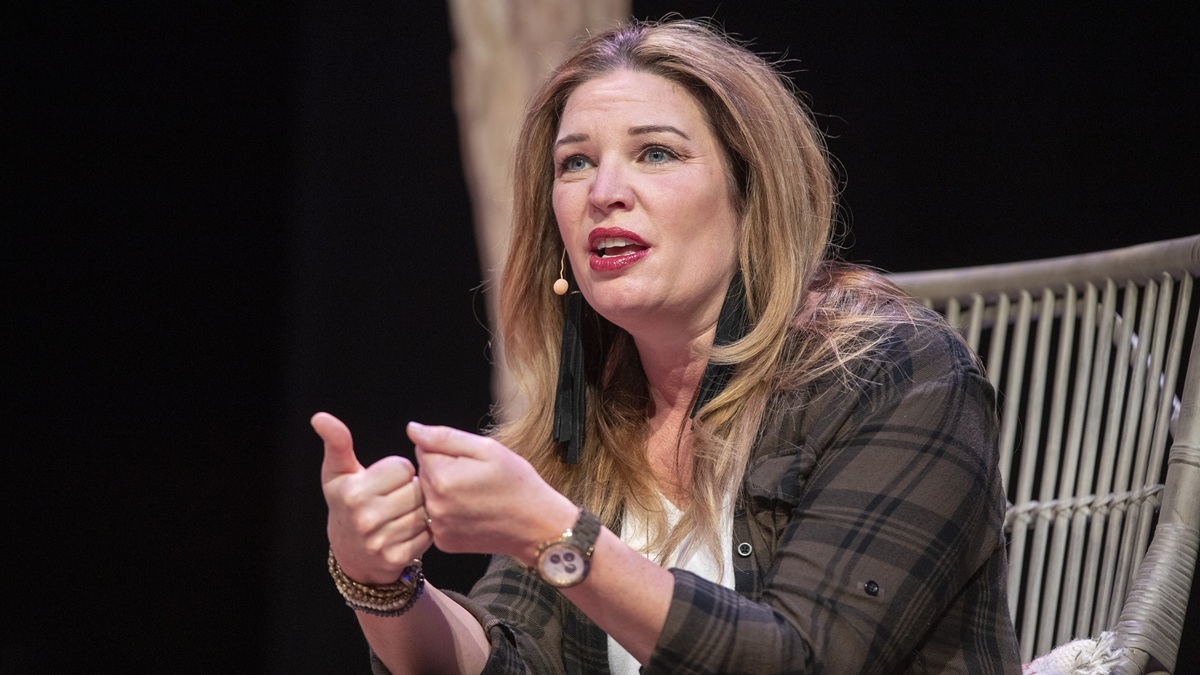
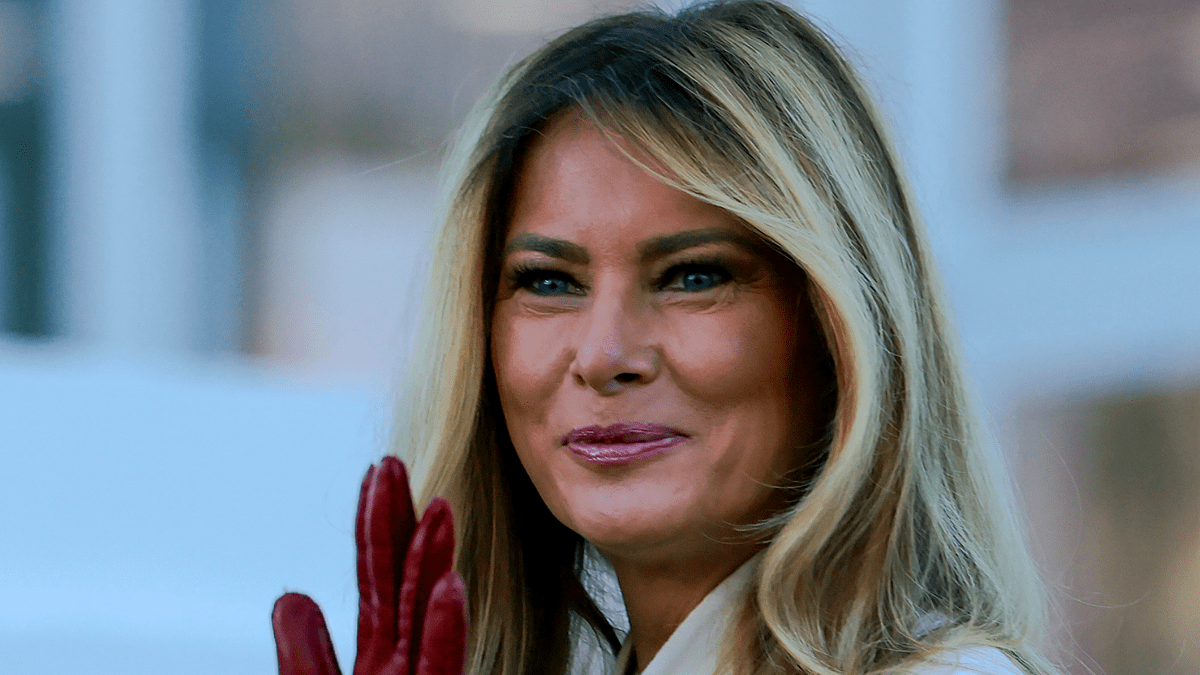
Published: Sep 15, 2016 05:06 pm